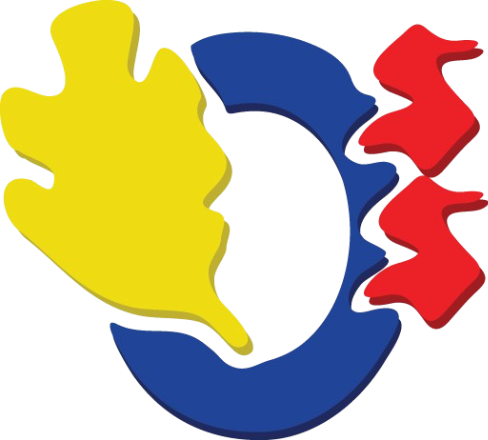Evolution, Speciation, Conservation, Biodiversity, and Extinction
Evolution and Speciation
Evolution: cumulative change in heritable characters of a population. This occurs across generations and is induced by change events (genetic drift), environmental pressures (natural selection), or human intervention (artificial selection).
- Said that species evolve due to a habitual use or disuse of a trait, and that this will result in shrinkage or growth of a feature
- This was disproved because gaining or losing features during one’s lifetime will not alter one’s DNA
Lamark
- Superseded Lamark’s theory
- Suggested that characteristics were chosen by the environment
- Suggested that traits more suitable to specific conditions would become more frequent in a population
Darwin
- 1. Showing a change in characteristics between modern and ancestral species (via fossils)
- 2. Identifying shared characteristics in many different species (indicates common ancestry)
Evidence for Evolutionary Change:
Evolution vs Artificial Selection
- Nature deciding what traits get passed on
- Traits that get passed on benefit the function of an animal and their ability to survive
Evolution
- Humans deciding what traits get passed on
- Traits that get passed on benefit humans (example: practicality, resistance to pests)
Artificial Selection
- Involves passing on traits to the next generation
- Takes many generations to occur
- Results in population change (feature-wise)
Both
Extinction
Key Concepts:
- Genetic Diversity: variety of genes and traits within a species
- Species Diversity: variety of species within an ecosystem
- Ecosystem Diversity: variety of ecosystems within an area
- Diversification: process of speciation leading to an increase in the number of species. This is why there are more species on earth now than ever.
Types of Diversity
- Lumpers: scientists that tend to group species together based on shared characteristics. This leads to lower estimates of the number of species.
- Splitters: scientists that tend to separate species based on apparent differences. This leads to higher estimates of the number of species.
- Species Richness: number of different species in an area
- Species Evenness: relative abundance of the different species in an area
Species Count
- Anthropogenic Mass Extinction: human-induced extinction
- Extinction Gradually: group of organisms progressively evolves into something else
- Extinction Abruptly: species dies without leaving any identifiable descendants
Types of Extinction
Causes of Anthropogenic Mass Extinction
Remember: O CUPID!
- Hunting animals and harvesting plants
1. Overharvesting
- Industrialization causes the climate to change too quickly for animals to adapt
2. Climate change
- Creation of new cities can lead to habitat loss and fragmentation
3. Urbanization
- Substances or garbage released into the environment will harm species
4. Pollution
- Invasive species can drive native species to extinction
5. Invasive Species
- Land clearance leads to habitat loss and possible extinction
6. Deforestation/Habitat Loss
Conservation
Conservation: protection and preservation of plant or animal species within or outside their natural environment.
- Within an organism’s natural environment
- Maintains an organism's natural behaviour in food chains
In Situ Conservation:
- Outside an organism’s natural habitat
- Allows for greater control of conditions and improves breeding success rates
- Reduces genetic diversity via interbreeding
Ex Situ Conservation:
- Prioritizes conservation according to two criteria (evolutionary distinct and globally endangered)
- Distinct species have few close relatives
- Globally endangered species defined as "at risk" when at a critically endangered, endangered, or vulnerable status
EDGE (Evolutionary Distinct and Globally Endangered)

 Biology
Biology